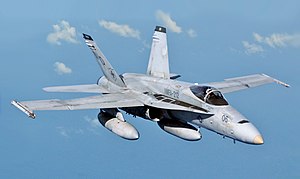In the pantheon of military aircraft, the McDonnell Douglas F/A-18 Hornet stands as a paragon of versatility and performance, leaving an indelible mark on the landscape of military aviation. From its inception to its continued service in air forces around the world, the F/A-18 Hornet has demonstrated an enduring legacy that spans decades.
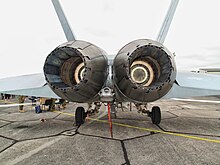
Developed by McDonnell Douglas (later acquired by Boeing), the F/A-18 Hornet was initially designed as a multirole fighter and attack aircraft. Its maiden flight in 1978 marked the beginning of a journey that would see it become a cornerstone of naval aviation and an integral component of air forces globally. The aircraft’s dual-role capability, excelling in both air-to-air combat and ground-attack missions, made it a versatile asset for military strategists.
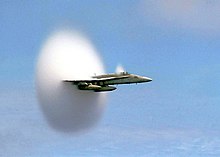
One of the Hornet’s defining features is its agility and maneuverability. Equipped with a robust airframe and advanced avionics, the F/A-18 can seamlessly transition between different mission profiles. Its ability to operate from aircraft carriers further solidifies its strategic value, providing flexibility in deployment and extending its reach across vast maritime expanses.
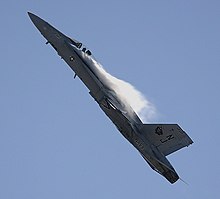
The F/A-18’s combat prowess was demonstrated in various conflicts, including the Gulf War, where it played a crucial role in air superiority and precision strikes. Its adaptability to evolving combat scenarios has contributed to its sustained relevance, allowing it to maintain a formidable presence in modern warfare.
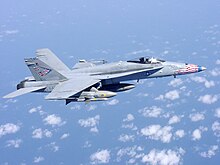
Beyond its combat capabilities, the F/A-18 Hornet has evolved to incorporate technological advancements. Upgrades in avionics, radar systems, and weaponry have ensured that the aircraft remains at the forefront of technological innovation. This commitment to modernization has extended its service life and enabled it to integrate seamlessly with emerging technologies.
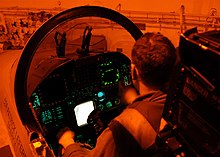
The Hornet’s international impact is evident in its adoption by numerous air forces, contributing to its status as a global aviation icon. Its success has also paved the way for the development of variants, including the F/A-18E/F Super Hornet, which represents a modernized and enlarged version with enhanced capabilities.
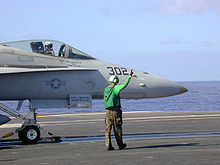
The aircraft’s legacy extends beyond its military applications. The F/A-18 Hornet has become a symbol of precision engineering and a popular performer in airshows worldwide. Its unmistakable twin-engine design, coupled with the signature “fly-by-wire” control system, makes it a crowd favorite, showcasing the marriage of power and grace in the realm of aviation.
As the McDonnell Douglas F/A-18 Hornet continues to serve in the 21st century, its storied journey in military aviation reflects a commitment to excellence, adaptability, and the enduring pursuit of technological innovation. The versatile legacy of the Hornet resonates not only in the annals of military history but also in the skies where its iconic silhouette continues to soar, embodying the spirit of air superiority and strategic flexibility.

